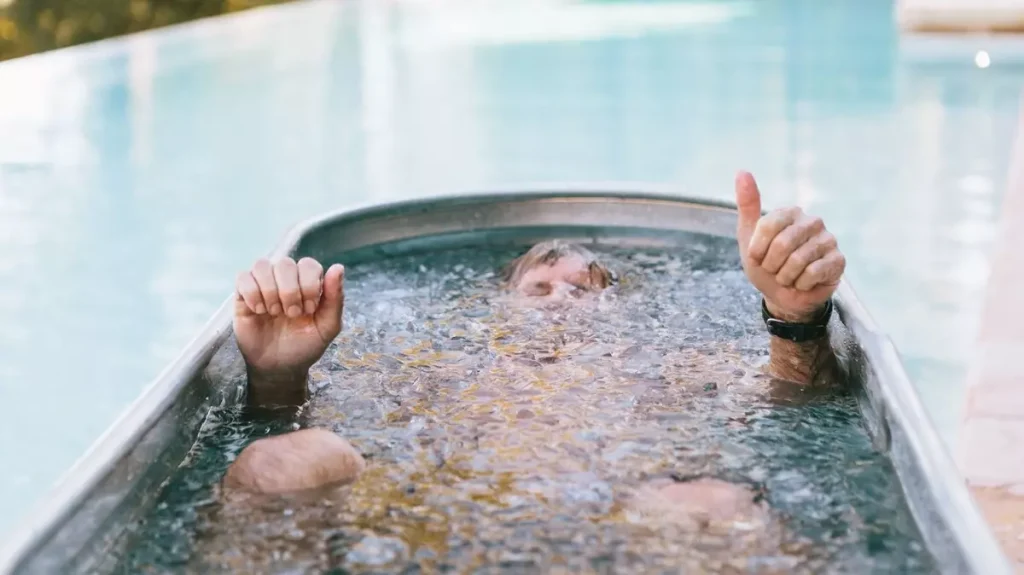Introduction to Cold Plunge Therapy
Cold Plunge therapy, also known as cold-water immersion, has gained significant popularity in recent years for its potential health and recovery benefits. This practice involves immersing the body in cold water for a short period, typically after exercise or as part of a wellness routine. Although it may seem intimidating, cold plunging offers numerous advantages for both physical and mental well-being. In this article, we will explore the key benefits of cold plunging, proper techniques for maximizing its effects, safety considerations, and tips for incorporating it into your routine.
The Health Benefits of Cold Plunge Therapy
One of the primary reasons people engage in cold plunge therapy is its impressive health benefits. Cold exposure has been shown to improve circulation by constricting blood vessels, which then dilate once the body warms up. This process helps flush out metabolic waste and promote faster recovery after physical activity. Additionally, cold plunging reduces inflammation in muscles and joints, making it an effective tool for athletes and fitness enthusiasts.
Another advantage of cold plunge therapy is its impact on the immune system. Regular cold exposure stimulates the production of white blood cells, which enhances the body’s ability to fight off infections and illnesses. Furthermore, the shock of cold water can activate the body’s natural fight-or-flight response, releasing endorphins and other hormones that elevate mood and reduce stress.
Cold plunging also supports mental clarity and focus. The practice encourages deep breathing and mindfulness as the body adapts to the cold, which can help reduce anxiety and improve mental resilience over time. Whether used for physical recovery, immune support, or mental well-being, cold plunge therapy offers a wide range of health benefits.
Proper Techniques for Cold Plunge Therapy
To maximize the benefits of cold plunge therapy, it’s essential to follow the correct techniques. Beginners should start gradually, beginning with shorter sessions and lower water temperatures. It’s important to remember that cold plunging can be a shock to the body, so easing into it helps prevent discomfort and reduce the risk of adverse reactions.
When preparing for a cold plunge, start with a warm-up. A light warm-up, such as stretching or light exercise, helps prepare the body for the cold immersion. Afterward, slowly enter the cold water, focusing on controlled breathing. Deep, steady breaths help calm the body’s response to the cold and prevent hyperventilation.
Most cold plunge sessions last between two to five minutes, depending on individual tolerance. Beginners may want to start with just 30 seconds to a minute before gradually increasing the duration. After the cold plunge, it’s important to warm up safely. This can be done by gently drying off and wrapping up in warm clothing, or taking a warm shower to bring the body’s temperature back to normal. Consistency in practice will improve both your tolerance to cold and the positive effects it delivers.
Safety Tips for Cold Plunge Therapy
While cold plunge therapy offers a variety of health benefits, it’s crucial to approach it with caution. Cold plunging may not be suitable for everyone, especially individuals with pre-existing health conditions such as heart disease, respiratory issues, or poor circulation. It’s always advisable to consult with a healthcare professional before starting any new wellness practice, particularly if you have any underlying conditions.
During the cold plunge, it’s important to listen to your body. If you feel lightheaded, dizzy, or experience any discomfort beyond the initial cold shock, it’s best to exit the water immediately. Never push your body beyond its limits. The goal is to experience the benefits of cold exposure without causing harm.
Avoid plunging alone, especially if you’re new to the practice. Having someone nearby can provide assistance in case of an emergency. Additionally, it’s essential to be aware of environmental factors such as water temperature and weather conditions. Extremely cold water, especially below 50°F (10°C), can pose a risk of hypothermia if exposure is prolonged. Monitoring your body’s reactions and staying safe are key components of a successful cold plunge routine.
Incorporating Cold Plunge Therapy into Your Routine
Incorporating cold plunge therapy into your wellness routine can be simple and effective with the right approach. Many people choose to cold plunge after physical exercise, as it aids in muscle recovery and reduces post-workout soreness. Cold plunging can also be integrated into a morning routine to invigorate the body and mind, promoting alertness and focus for the day ahead.
If you don’t have access to a dedicated cold plunge facility, there are alternatives such as using a cold shower or setting up a small tub or ice bath at home. Regularity is important for experiencing the long-term benefits of cold exposure. Aim for at least two to three sessions per week, gradually increasing duration and intensity as your tolerance builds.
Cold plunge therapy can also be combined with other wellness practices such as sauna use, meditation, or yoga for a well-rounded health routine. The key to success is consistency and patience. Over time, your body will adapt to the cold, and you’ll likely find it easier to stay in the water for longer periods. By following a consistent cold plunge routine, you can unlock numerous physical and mental health benefits.
Conclusion: Embrace the Power of Cold Therapy
Cold plunge therapy is a powerful tool for improving physical health, boosting mental resilience, and promoting overall well-being. With its proven benefits, from enhancing circulation to reducing stress, cold plunging offers a natural, accessible way to support your body’s recovery and health. By following proper techniques and safety precautions, you can incorporate cold plunge therapy into your routine with confidence, reaping its rewards in both body and mind. Whether you’re an athlete seeking quicker recovery or someone looking to enhance mental focus, cold plunging offers a unique path to better health.


